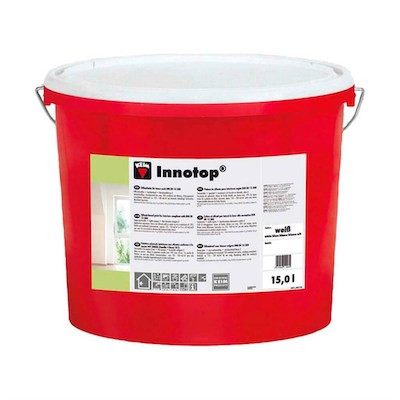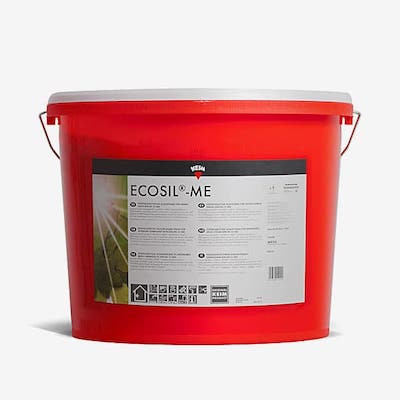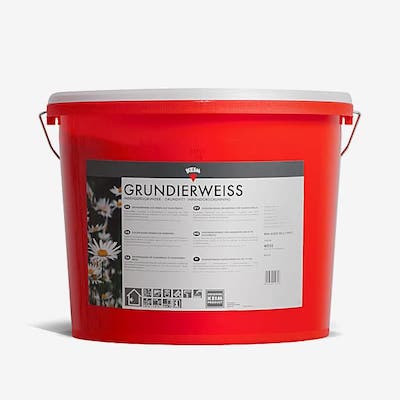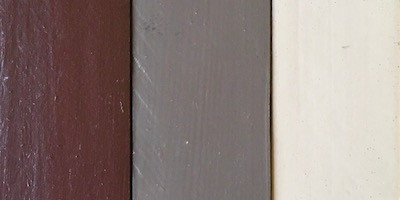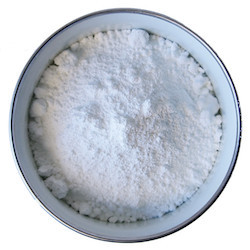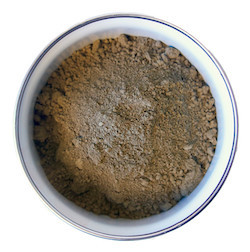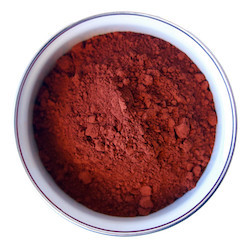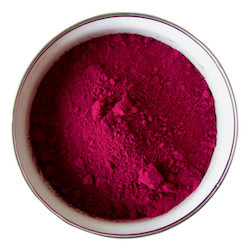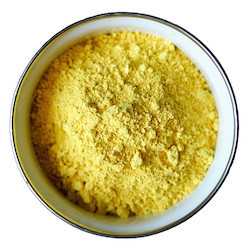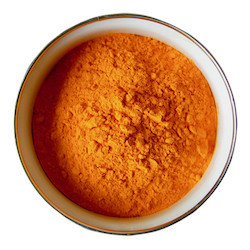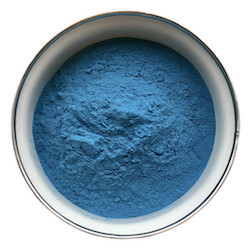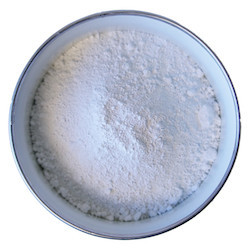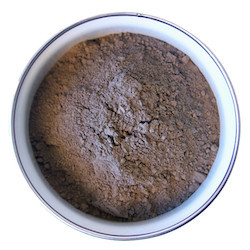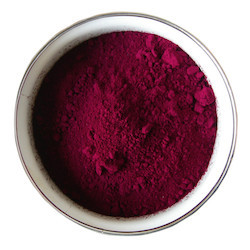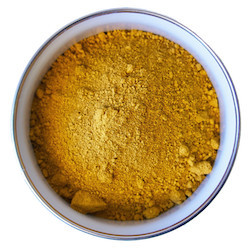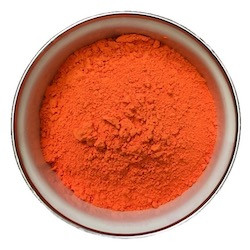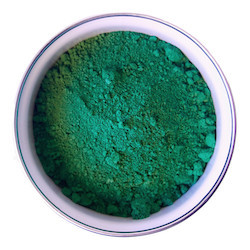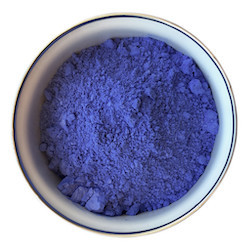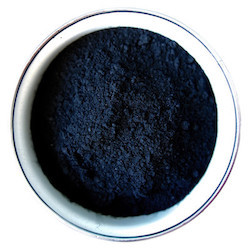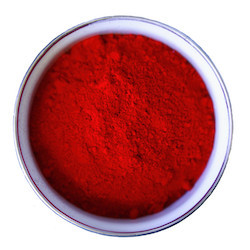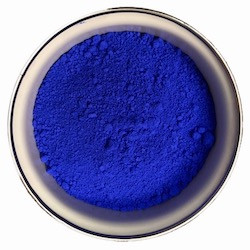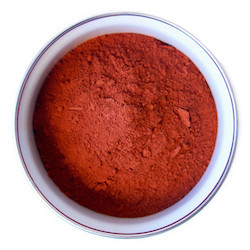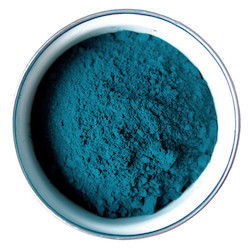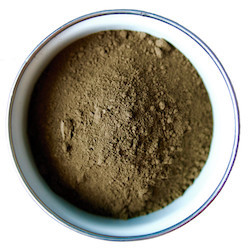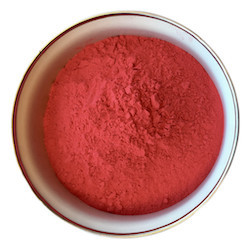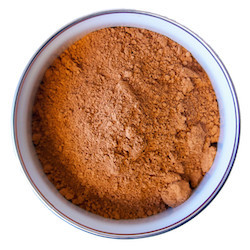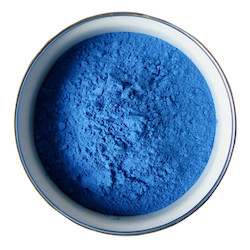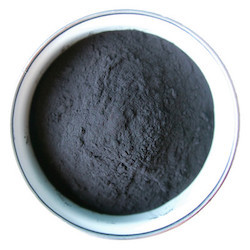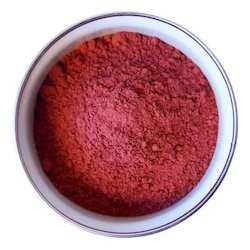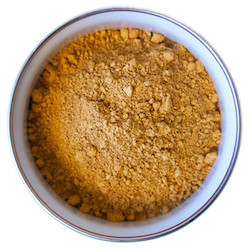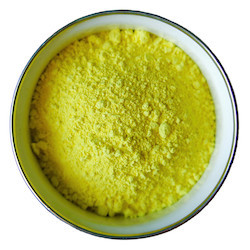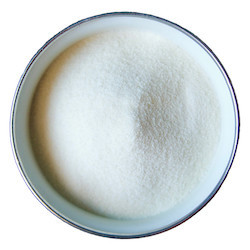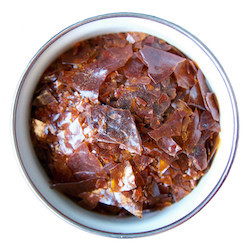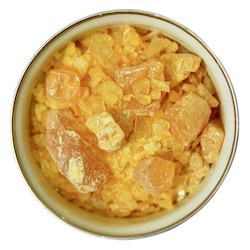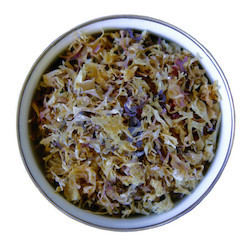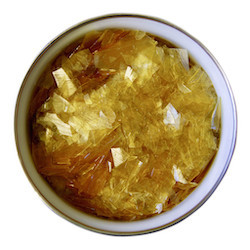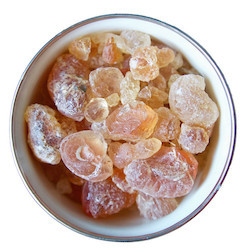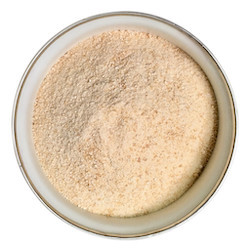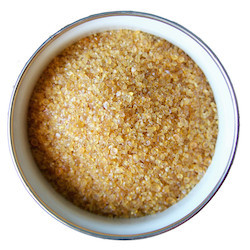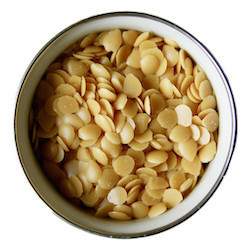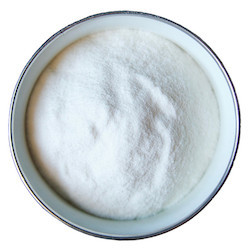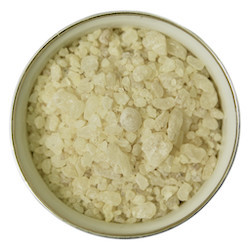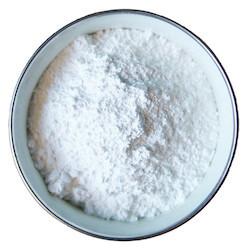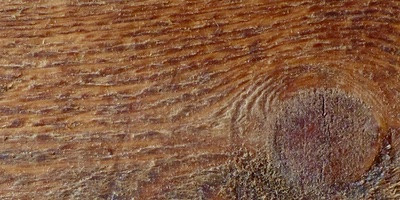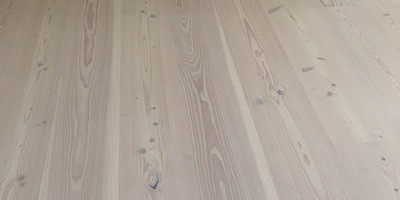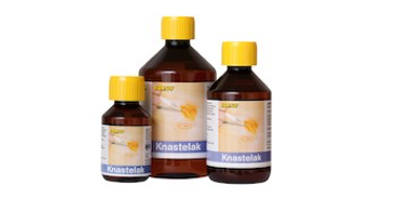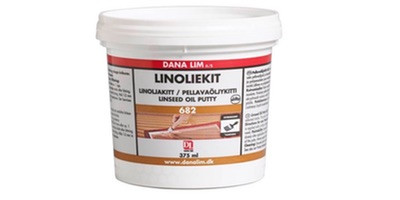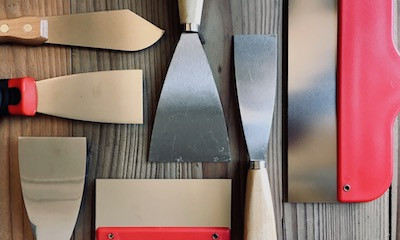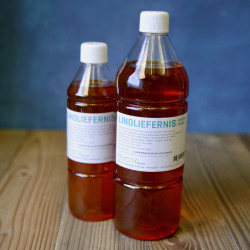-
MenuBack
-
Wall paint
-
-
Nature PaintOur very own wall and ceiling paint, appears matte and is also available in a many colors.
-
Beeswax washBeeswax Wash gives a contrasting look, with a natural play in the surface. For indoor use only.
-
-
Pure & OriginalLime paint for interior use, available in a multitude of pretty and beautiful colors
-
Pure & Original
-
St Astier lime paintLime paint from the Nordic NHL for interior and exterior use. Available in 24 standard colors
-
-
VerdelloA 100% bio-based paint that appears flat, and at the same time is very durable.
-
Verdello in colors
-
Glue PaintGlue paint colors, reflects the light in a soft and felt-like way, and gives the colors a beautiful and soft expression
-
-
Keim SilicateKeim silicate paint is a durable solution that can be used both indoors and outdoors.
-
TemperaTempera is a beautiful, classic and beautiful paint for walls and ceilings.
-
-
Masonry
-
-
Oil Paint
-
-
PIGMENT
-
-
Glue & wax
-
-
Woodwork
-
-
Wallpaper
-
-
Osborne & Little
-
-
Borås tapeter
-
-
-
Accesories
-
Linseed oil varnish
Linseed oil varnish is made by boiling linseed oil with added siccative (desiccant). Linseed oil varnish dries faster than cold-pressed and bleached linseed oil and forms a little more film. The linseed oil varnish has many uses. It is preferably used outdoors, as it has a slightly more odor than, for example, the cold-pressed linseed oil. It is particularly suitable for basic treatment of raw outdoor woodwork, eg windows before painting with linseed oil paint. It is also widely used on outdoor terraces, wooden fences and the like, possibly with added pigmentation, which protects against the light's degrading UV rays. The varnish is also sublime for maintenance and refurbishment of linseed oil-painted woodwork, which over time has become more matt. The oil is then applied in a very thin layer and polished up after approx. 1/2 hour. Then the painted surface will get its glow again.
The surface will appear medium glossy with repeated treatments.
The oil is open to diffusion and contains no solvents.
Application
The oil is applied very thinly with a brush or cloth 1-2 times depending on the absorbency and nature of the wood. Regardless of the technique, it is very crucial that the oil is worked completely into the wood before drying, as the surface may otherwise stick. Excess oil is removed with a lint-free cloth. Be aware that linseed oil cloths can self-ignite !!!!!
Pretreatment
The wood must be raw, clean, dry and absorbent. Can evt. basic cleaning with wood cleaner before treatment.
Range
10-20 m2 / liter depending on the absorbency of the wood.
Drying time
1-3 days depending on the absorbency of the wood.
Cleaning
Utensils used during work are cleaned in liquid brown soap and washed in lukewarm water.
Durability
Linseed oil varnish can last a long time, as long as it is stored airtight and frost-free. The varnish content in the oil can form a film over time.
Additives
The product can be added siccative, fungicide & pigments.
Safety
Cloths used during work can be self-igniting !!! They must therefore either be packed airtight, spread out so that the heat can escape during drying or be destroyed. Linseed oil dries by oxygen uptake. In that process, heat is developed. If the heat cannot escape, such as from a crumpled cloth, it can ignite spontaneously.
Linseed oil varnish
There is 1 product.
Active filters











